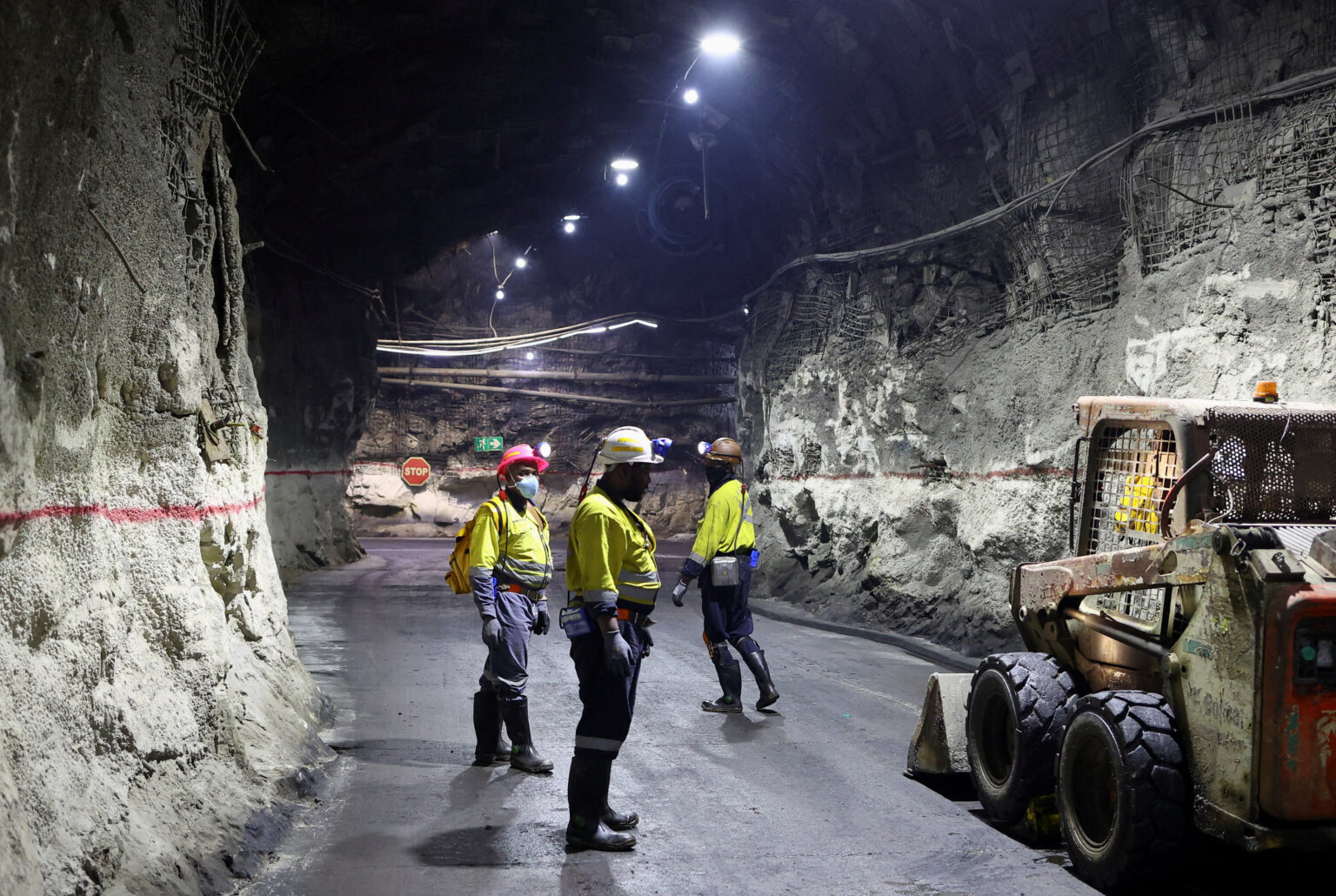At a Glance
- West Wits launches South Africa’s first new underground gold mine in 15 years.
- Qala Shallows expected to generate $2.7 billion revenue over 17 years.
- Project signals renewed investor confidence as gold trades near record highs.
South Africa is reigniting its gold mining sector with West Wits Mining’s $90 million Qala Shallows project, the first new underground gold mine in the country in 15 years.
The development marks a rare revival in a once-dominant industry that made South Africa the world’s top producer before decades of decline, rising costs, and fierce global competition reshaped its fortunes.
The new mine sits on the western edge of Johannesburg’s Witwatersrand Basin, the legendary gold reef that fueled the city’s birth in the 1880s and cemented South Africa’s role in global bullion markets..
At a planned depth of 850 meters—shallow by South African standards where shafts often extend beyond 3 kilometers—the project is designed for efficiency at a time when gold prices above $3,300 an ounce have renewed appetite for production.
West Wits brings fresh momentum to mining investment
West Wits Mining, listed in Australia, expects to begin production in 2026, with a construction phase that will still allow ore extraction.
The project is forecast to deliver about 70,000 ounces annually, relatively modest compared to historic highs, but crucial for a sector that has seen output collapse by more than 70% in the past two decades.
CEO Rudi Deysel said Qala Shallows benefits from existing plant infrastructure and long-secured government mining rights. “With gold trading at record highs, this mine became more viable every year. We can tap into existing processing capacity instead of building from scratch,” he noted.
Gold industry’s long decline weighs on South Africa
Once employing more than half a million workers, South Africa’s gold sector now supports fewer than 90,000—an economic blow in a country where each job sustains as many as 10 dependents. Rising wages, power shortages, and aging shafts have compounded the decline, leaving companies reluctant to pursue large-scale projects.
The last underground gold mines—Modder East in 2009 and Burnstone in 2010—highlighted the risks. Burnstone struggled with setbacks before being acquired by Sibanye Stillwater, underscoring the high stakes of reviving South Africa’s mining sector.
Billions in revenue potential at Qala Shallows
Despite those risks, West Wits’ feasibility studies show strong economics. The mine is expected to generate $2.7 billion in revenue over 17 years, with production costs below $1,300 per ounce. That margin is significant with bullion trading near all-time highs, offering investors an attractive cushion.
West Wits’ presence in the Witwatersrand Basin is also deep-rooted. The company controls a JORC resource of 4.28 million ounces, targeting 65,000 ounces annually over 27 years.
Its concession sits on reefs that historically produced more than 31 million ounces, reinforcing the region’s enduring potential as one of the world’s richest gold belts.
A signal of investor confidence in South Africa
For South Africa, the West Wits Qala Shallows project is more than a new mine—it is a test of whether investor confidence can be restored in a sector that once underpinned the nation’s economy.
As global gold demand surges in 2025, Johannesburg’s mining heartland could once again play a central role in the bullion trade, offering a much-needed lift to jobs, exports, and South Africa’s broader economy.





